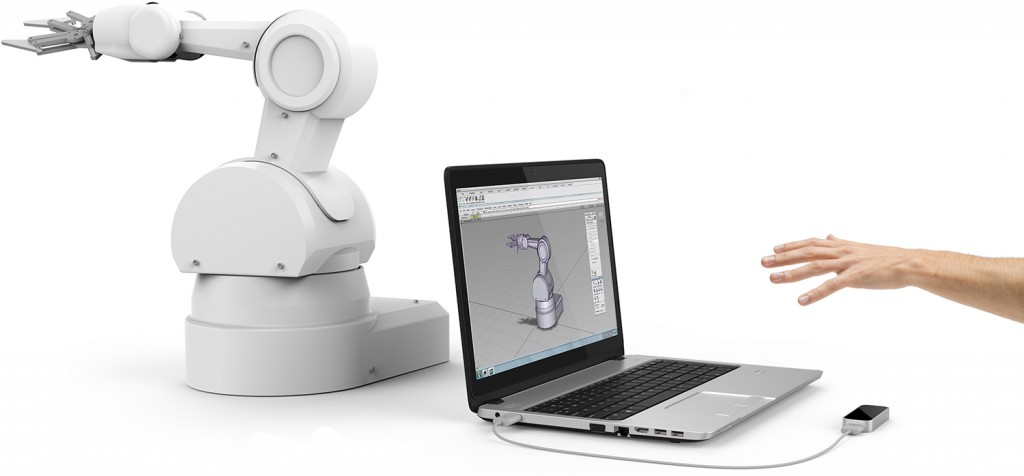The Internet of Things (IoT) refers to the connection between the physical devices around us, embedded with various sensors and network connectivity. The sensors and devices communicate with each other for interaction with humans, providing us with unlimited applications. Such technology is expected to bring major changes to our daily lives.
Deep Learning of Things (DoT)
The trained CNN and RNN models have been embedded into a single board computer (Raspberry Pi) to robustly recognize hand-written digits and sounds, respectively.
Drone Control and Reinforcement Learning
Software and hardware integration is one of the most crucial procedures when setting up IoT devices. Based on the readings of the IMU sensor or Leap Motion motion tracking system, the computer communicates with the drone, enabling the user to control the drone with the sensors. Furthermore, the camera data from the drone can be used to develop image-based tracking systems. By controlling the parameters for the image recognizing system, the drone can be designed to hover over and stay on certain types of patterns or colors.
XY Plotter
The xy plotter is a plotter that is operated in the x and y axes. By plotting the coordinates of the plotter, the device can produce continuous vector graphics. The data attained from the camera is sent to the computer, where the image processing is done, and through face recognition and edge detection of the image, the computer generates paths for the xy plotter. Yet, the drawing time of the xy plotter greatly depends on the quality of the path generated, and thus path optimization is necessary for good performance.
Piano Playing Dobot
When IoT technology is integrated with actuators, the technology can be represented as an instance of a cyber-physical system. A device may be programmed to do certain tasks by embedding the software onto the device. The coordinates of the end-effector are predetermined based on the music the robot arm will play, where the angles of the motors are calculated through inverse kinematics.
Dancing Delta Robot
Sound signals can be analyzed through various methods such as FFT(Fast Fourier Transform) or wavelet transform. The motors of the delta robot are programmed to move along the amplitude of the detected sound. Through proper mapping of the sensor values and the actuator outputs, the delta robot can dance along a given music.
Ball and Plate
Cyber-Physical Systems (CPS)
A cyber-physical system (CPS) is a mechanism controlled or monitored by computer-based algorithms, tightly integrated with the internet and its users. In CPS, physical and software components are deeply intertwined, each operating on different spatial and temporal scales, exhibiting multiple and distinct behavioral modalities, and interacting with each other in a myriad of ways that change with context. CPS involves transdisciplinary approaches, merging theory of cybernetics, mechatronics, design and process science. Therefore, CPS presents a higher combination and coordination between physical and computational elements.
Interactive Robot Arm Control
Leap-motion is a small sensor device that supports hand and finger motions as input. It allows easy 3D control for a robot application.
Sensor Fusion using Kalman Filter
Sensor fusion is the combining of sensory data from disparate sources such that the resulting information has less uncertainty than would be possible when these sources were used individually. For example, Kalman filter can separate a signal from noise to optimally predict changes over time.

